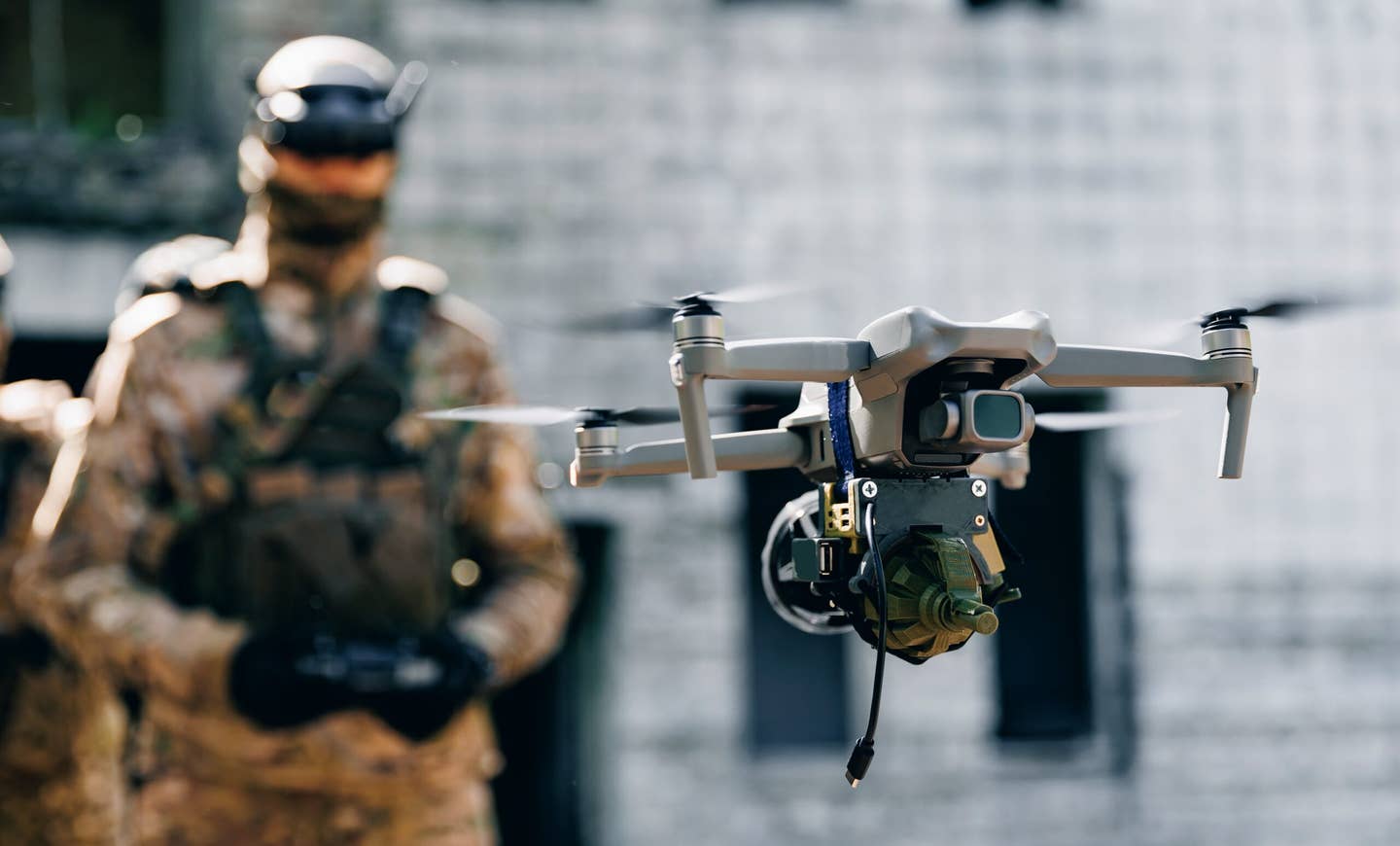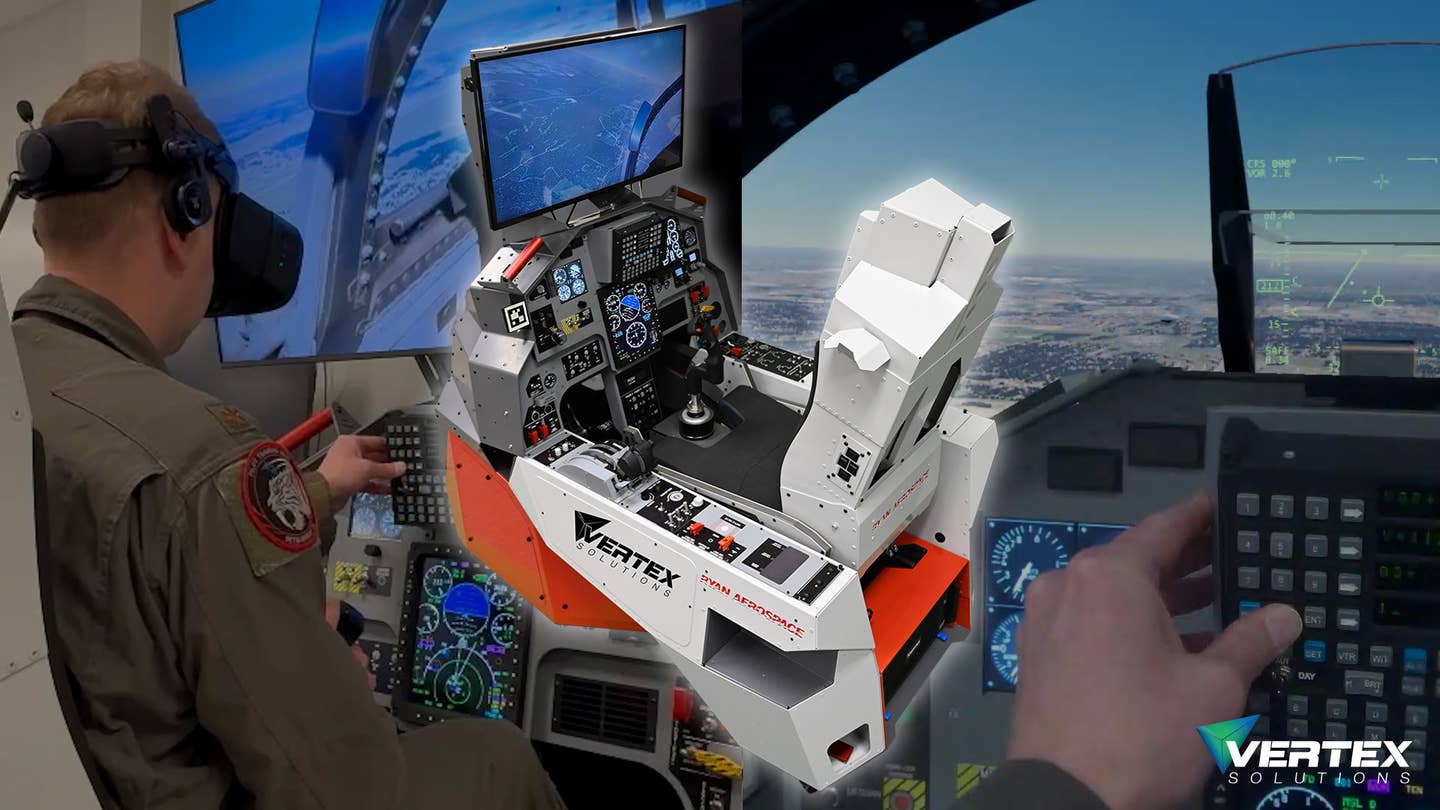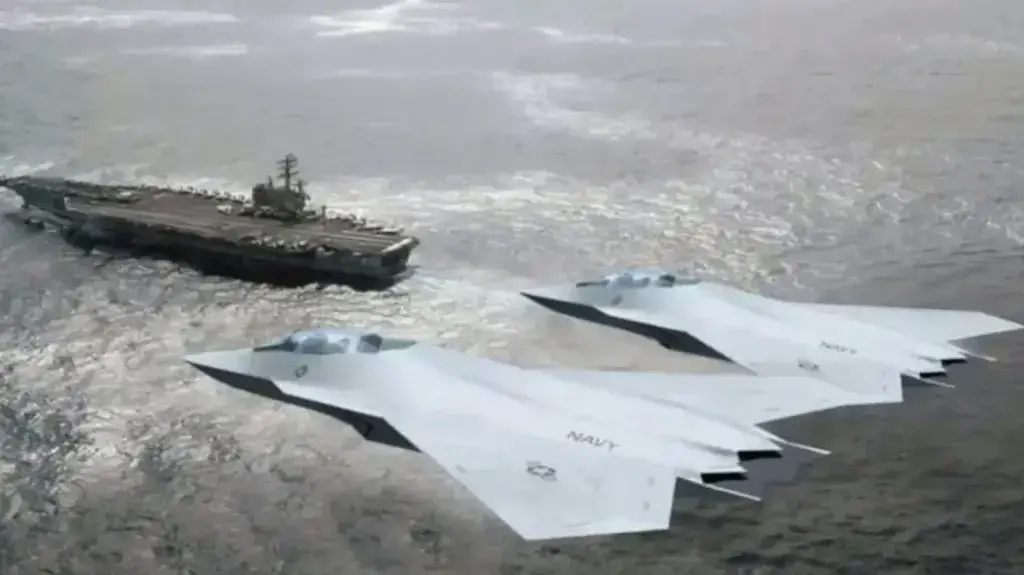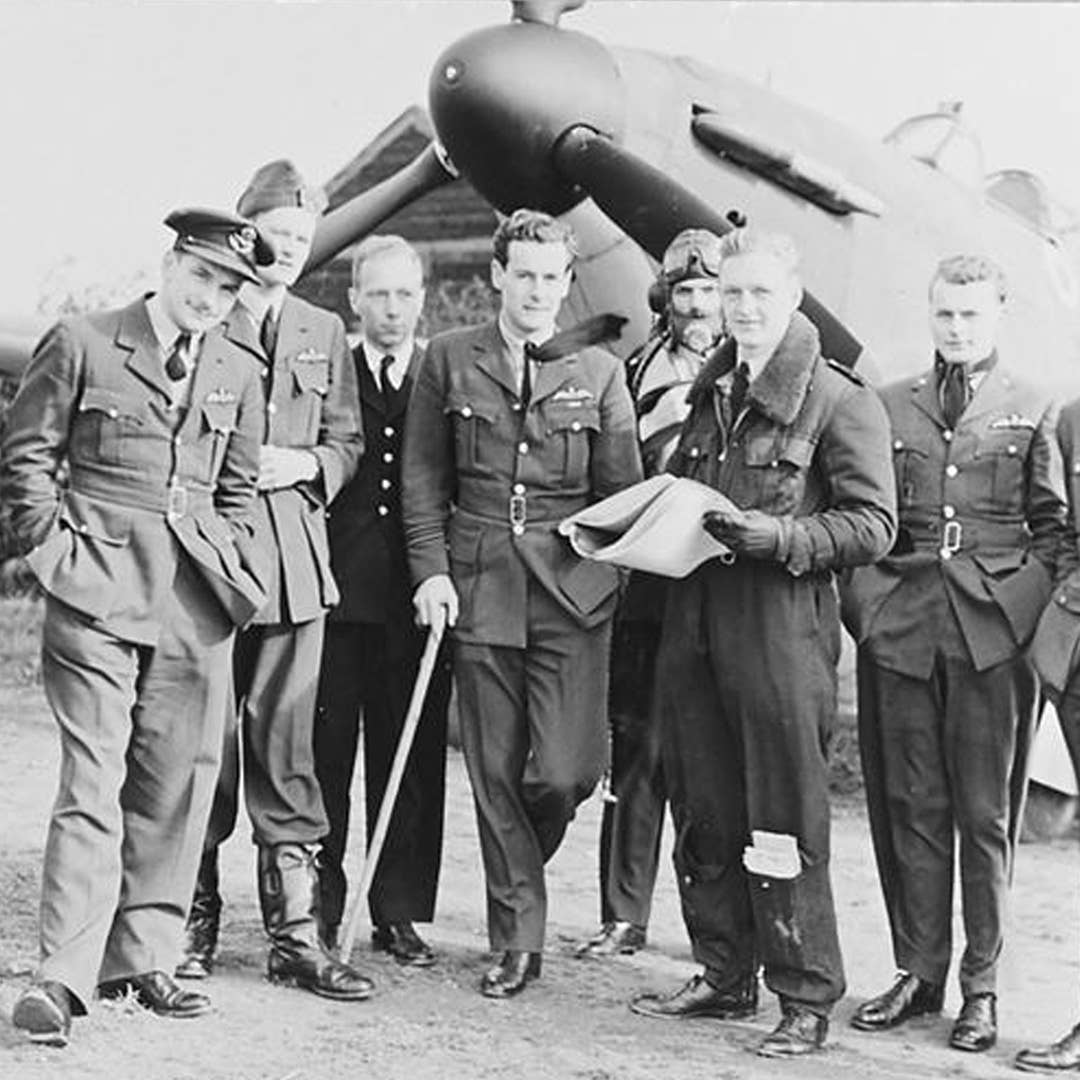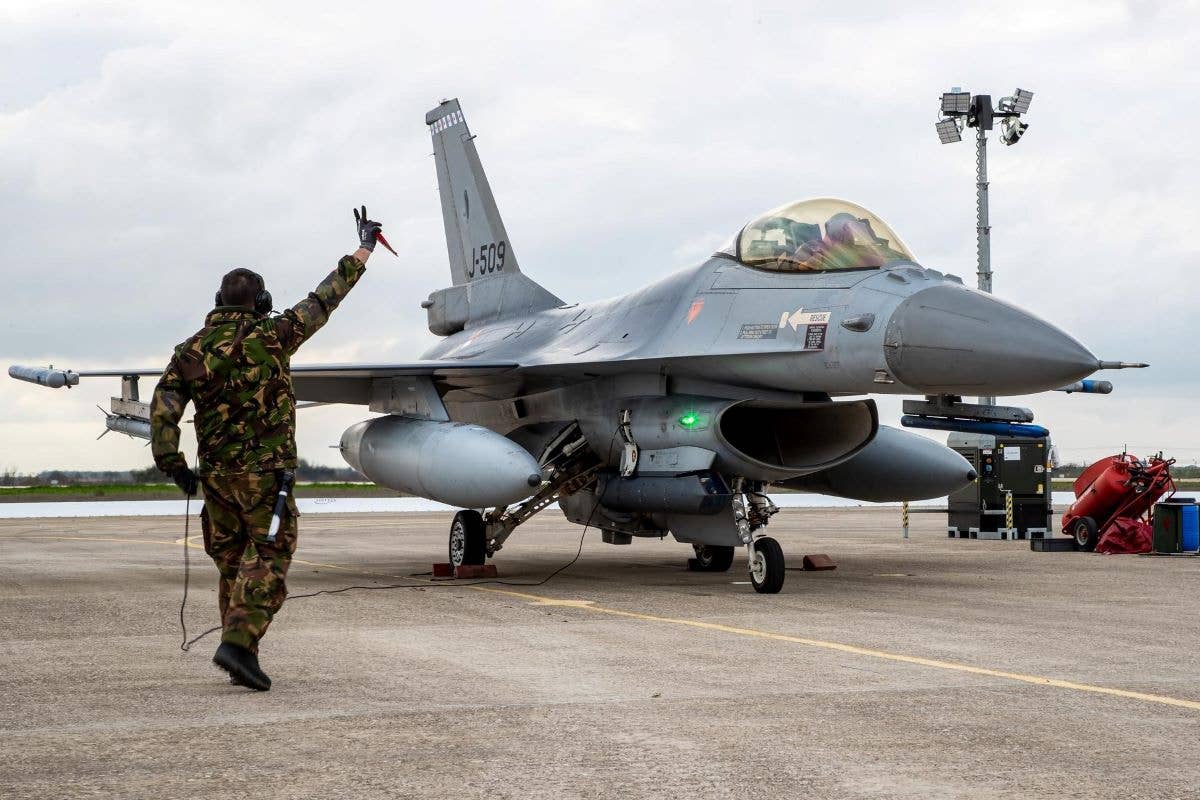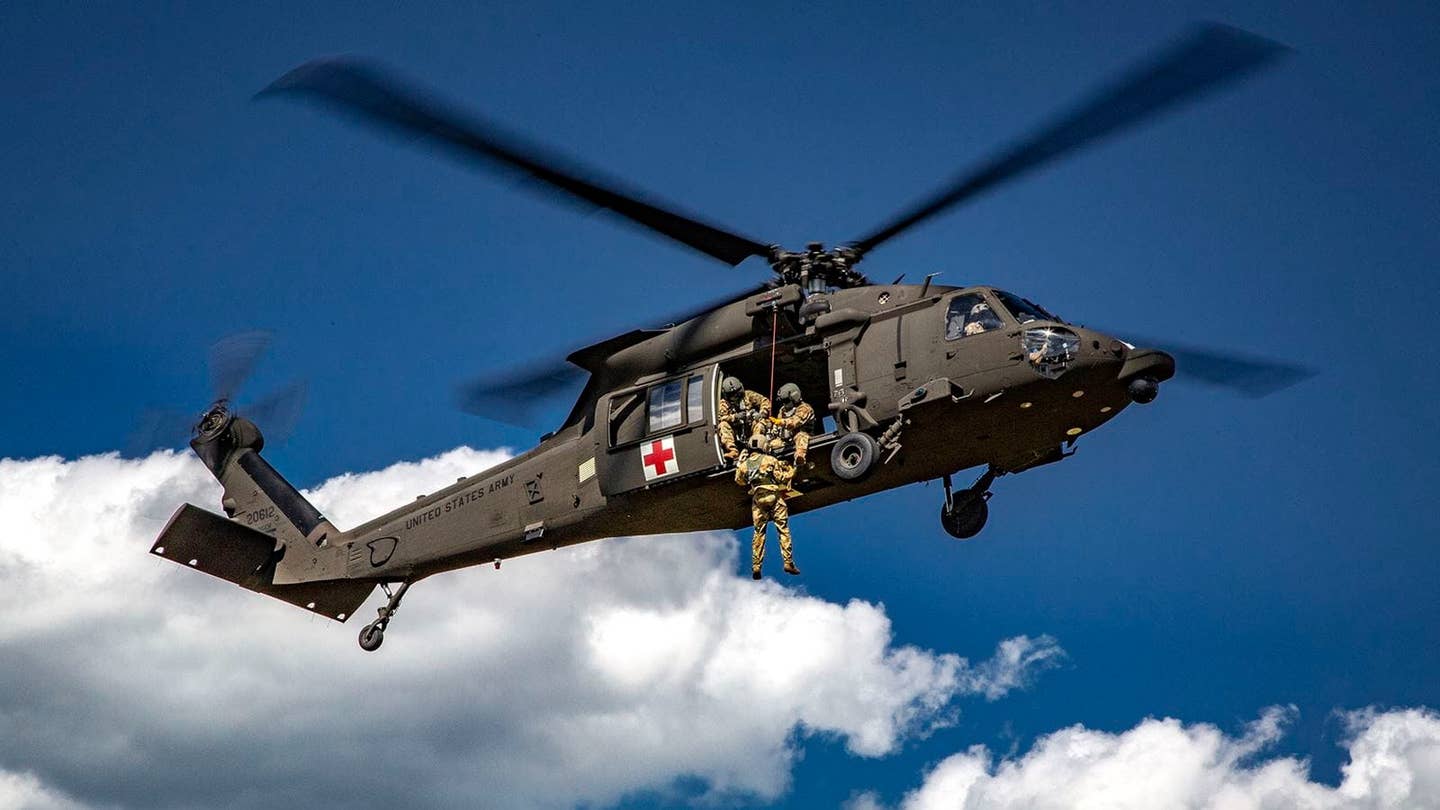DARPA Narrows Down Liberty Lifter Design Competition
DARPA said it plans to have the heavy transport seaplane flying within five years.
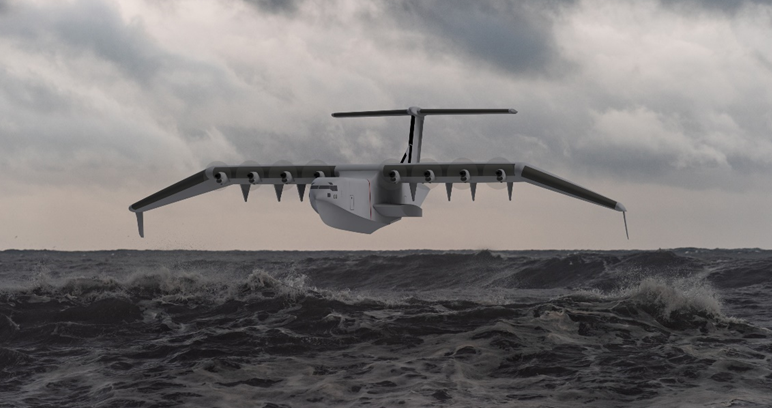
A team including Aurora Flight Sciences will develop a more traditional single-hull version of the Liberty Lifter. [Courtesy: DARPA]
Development of the Liberty Lifter just got more interesting.
The Pentagon’s Defense Advanced Research Projects Agency (DARPA) named two teams that will work on different designs for a large transport seaplane to carry troops and heavy equipment for long distances over water using wing-in-ground effect aerodynamics to boost efficiency.
The agency late last year said General Atomics Aeronautical Systems Inc. would begin development of a twin-hull prototype of the lifter. In the latest announcement, General Atomics is teamed with Maritime Applied Physics Corp., a Baltimore, Maryland boat building company for the project.
The second team includes Boeing unit Aurora Flight Sciences, naval engineering firm Gibbs & Cox, and ReconCraft, a boat builder based in Clackamas, Oregon. Gibbs & Cox’s includes the exploits of founder William Francis Gibbs, who designed the record-setting ocean liner S.S. United States, which entered service in 1952. This group is working on a single-hull seaplane airlifter.
The composition of the teams and notable differences in their designs for the aircraft give the program the feel of a classic military contract competition.
The General Atomics team’s twin-hull, mid-wing design is aimed at optimizing stability on the water. It also uses the distributed propulsion of 12 turboshaft engines. Aurora Flight Sciences’ design resembles a more traditional flying boat with a single hull, high wing and eight turboprop engines.
The Liberty Lifter program, named for the Liberty supply ships of World War II, would fulfill a similar mission by carrying troops, equipment and supplies to distant shores. The aircraft are meant to function like ships, by using docks for loading and unloading, but ideally will be able to get close enough to beaches to unload more like a landing craft.
The planned demonstrator aircraft will have a size and cargo capacity similar to those of a C-17 Globemaster III transport aircraft. DARPA said. It would fly mainly in ground effect near the water but could also climb to 10,000 feet above sea level.
“We are excited to kick off this program and looking forward to working closely with both performer teams as they mature their point-of-departure design concepts through Phase 1,” said DARPA Liberty Lifter program manager Christopher Kent. “The two teams have taken distinctly different design approaches that will enable us to explore a relatively large design space during Phase 1.”
The Phase 1 contract awards are for an 18-month period including six months of conceptual design work and nine months of design development expected to culminate in a preliminary design review. An additional three months are included to plan for testing and manufacturing, DARPA said.
Phase 2 is expected to begin in mid-2024 and the agency has said it plans to have the aircraft flying within about five years.

Sign-up for newsletters & special offers!
Get the latest FLYING stories & special offers delivered directly to your inbox

